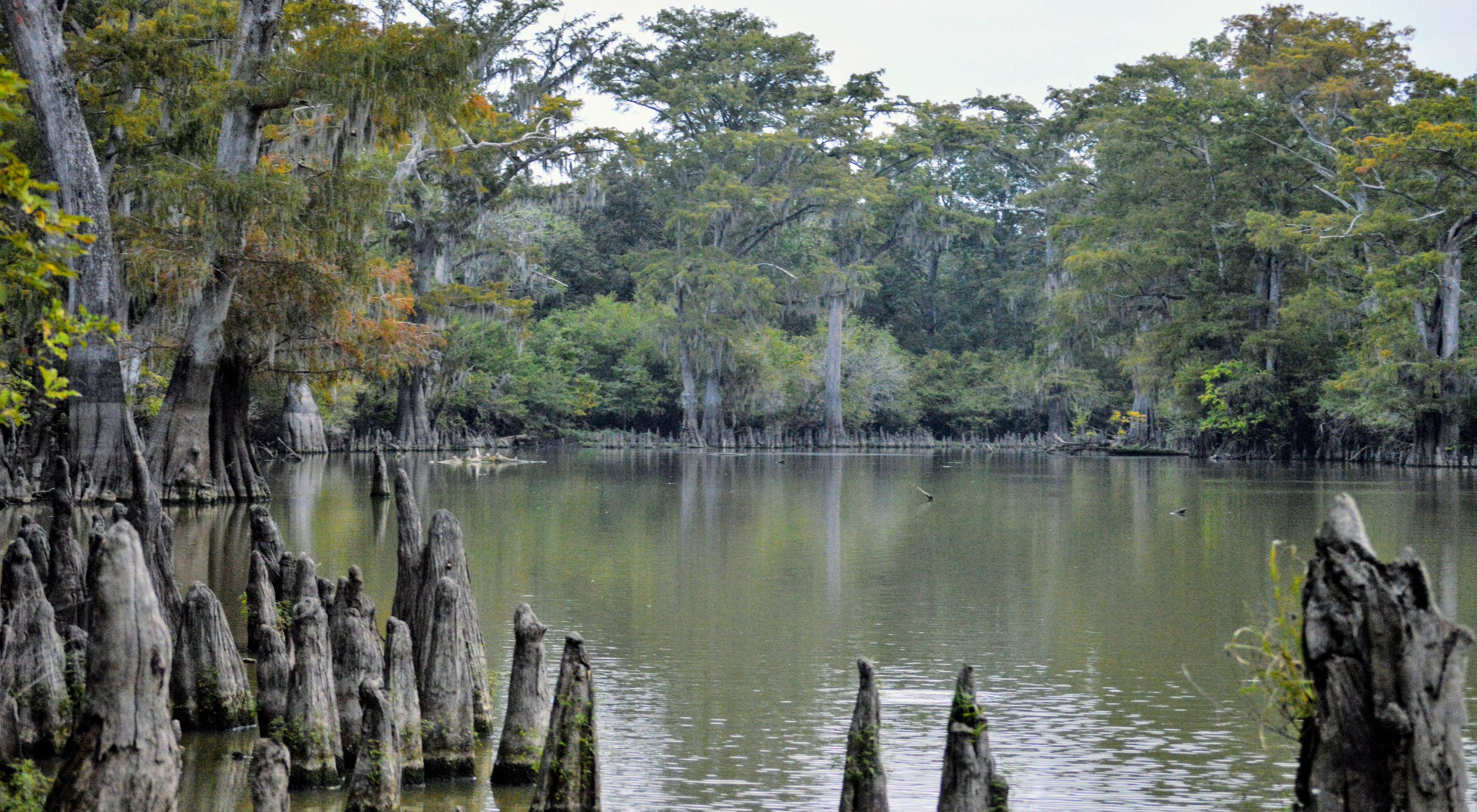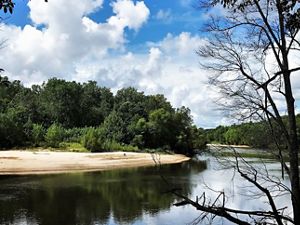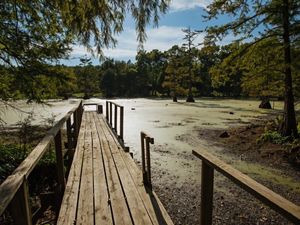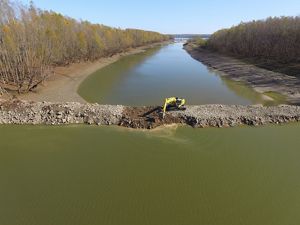A partnership with the State of Mississippi, the Phil Bryant WMA conserves a rare continuous tract of critically important Mississippi Delta wetland forest.
In 2018, The Nature Conservancy and the State of Mississippi partnered to purchase of 17,816 acres adjacent to the Mahannah Wildlife Management Area (WMA) in Issaquena and Warren counties. Formerly owned and managed by the lumber company Anderson Tully, this land has become the Phil Bryant WMA, protecting a unique landscape of one of the largest and most diverse bottomland hardwood forests in the Mississippi Delta for the public to enjoy.
Protecting Critical Habitat
This property offers a unique balance of flooded timber and cypress swamps that provide habitat for some of the Mississippi’s largest wintering waterfowl concentrations. The forest provides habitat to many species, including the Louisiana black bear and more than 200 species of migrating birds. The conserved wetlands will also help maintain adequate clean and abundant water supplies essential for populations of fish and other aquatic species.
Only 2 percent of the Mississippi Delta’s original bottomland hardwood forests remain, and The Nature Conservancy felt this property represented an opportunity to conserve a large continuous tract of critically important habitat while also increasing recreational opportunities for Mississippians. “Conserving habitat is important,” says Associate State Director Alex Littlejohn, “but so is providing outdoor recreation to the surrounding community. This does both.”
Impact through Partnership
The purchase of the property was made possible by a partnership between The Nature Conservancy, Secretary of State, the Mississippi Department of Wildlife, Fisheries, and Parks (MDWFP) and private partners. TNC often works to acquire land on behalf of a cooperating agency, in this case the MDFWP, which will be the best managers of the land. As part of the acquisition, TNC agreed to take on nearly 7,000 acres of the property, which will be transitioned to the MDWFP in the coming years.
With this acquisition, Mississippians gain access to nearly 18,000 acres, bringing more hunting and fishing opportunities and associated revenue to the surrounding communities. When combined with the acreage of the adjacent Mahannah WMA, this area will boast over 30,000 acres of contiguous wetland habitat.
“This is the largest conservation purchase in Mississippi in the last 40 years,” says Littlejohn. “It was a uniquely rare opportunity to preserve an iconic piece of the Mississippi Delta.”




